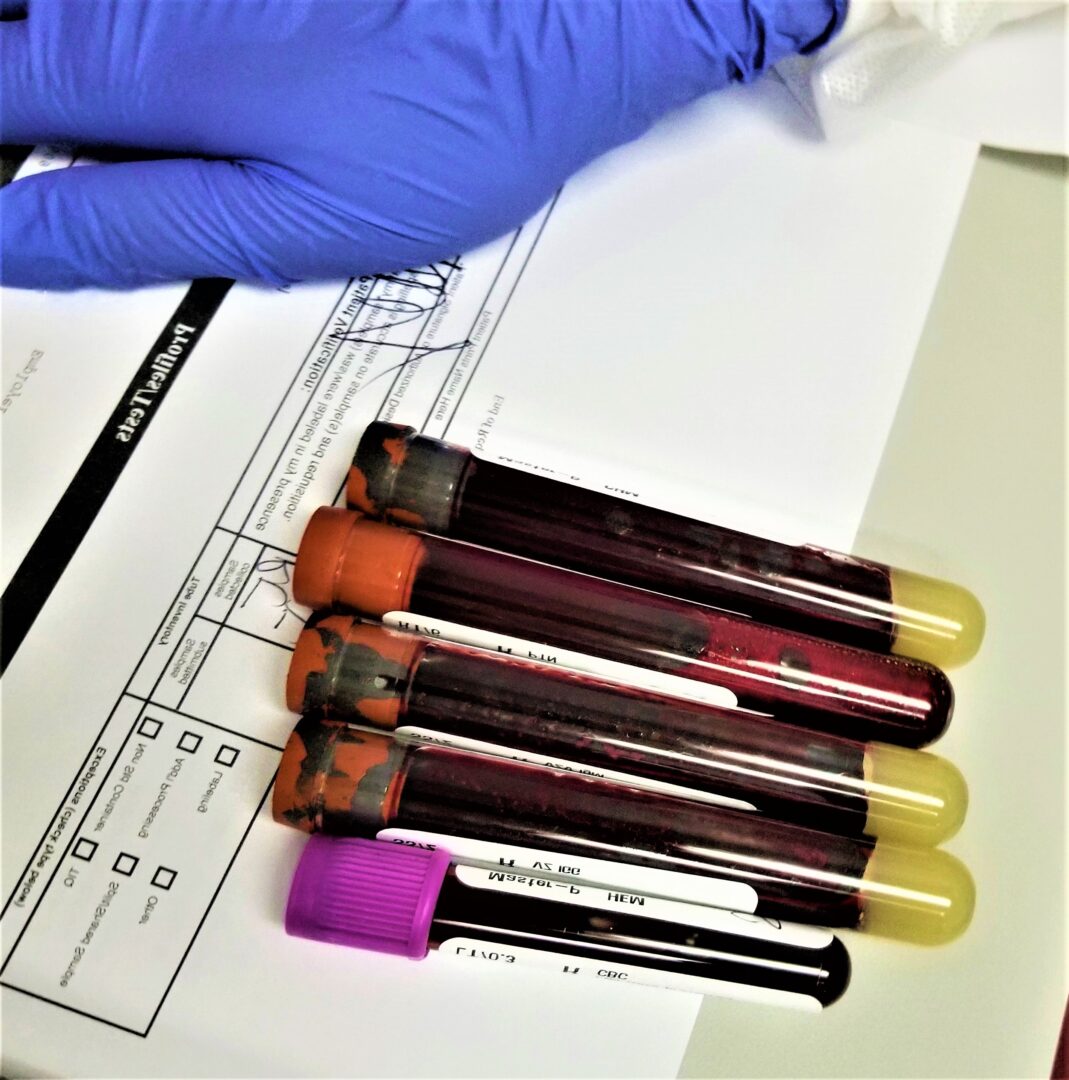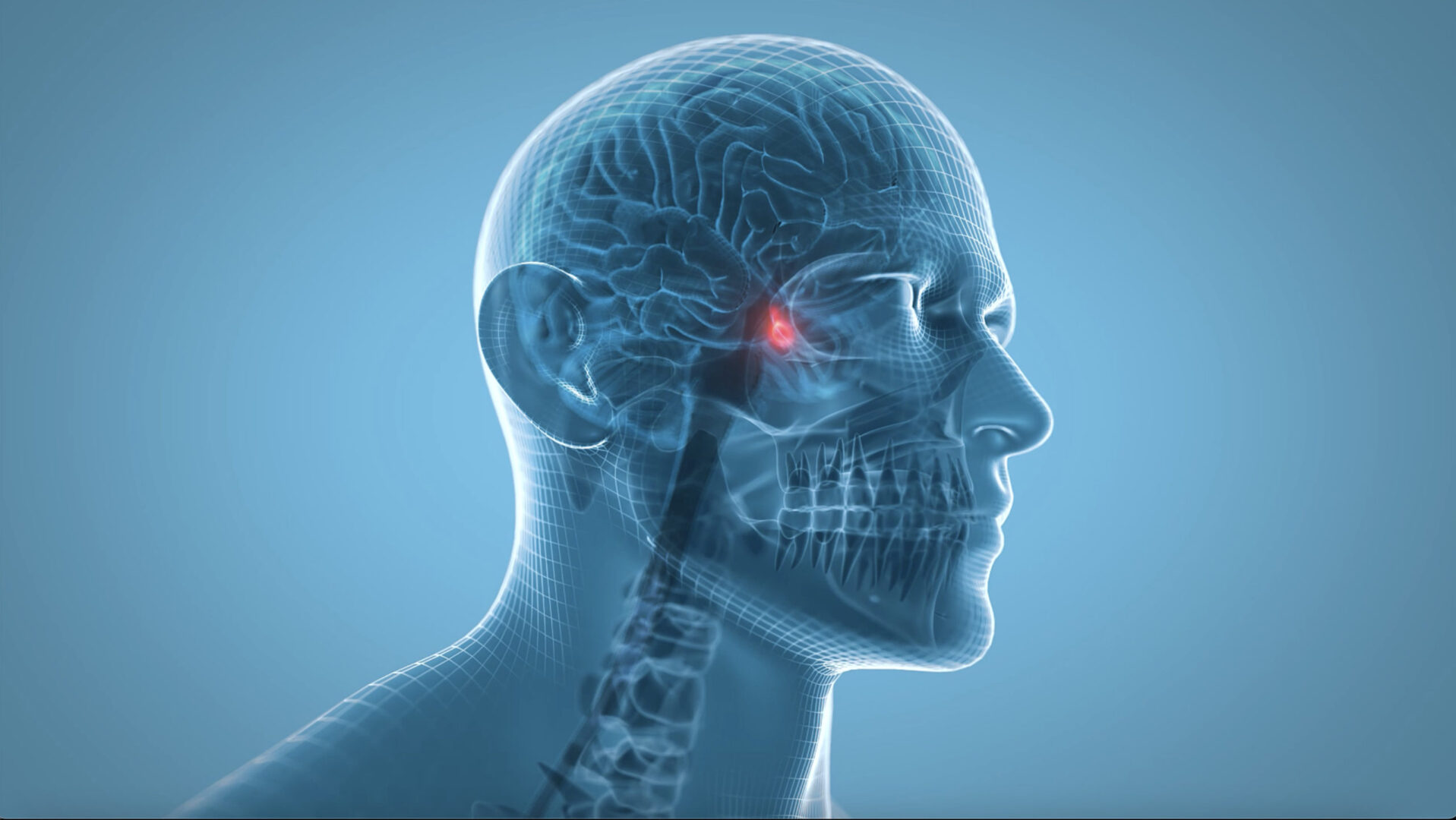Learning objectives
- Description and management of Factor V Leiden
Definition and mechanisms
- Factor V Leiden is an autosomal dominant inherited mutation of the F5 gene that controls the production of factor V, one of the clotting factors in the blood
- Resulting in resistance to activated protein C thereby leading to thrombosis
- It is the most common inherited blood clotting disorder
- Factor V Leiden increases the chance of developing a deep vein thrombosis or pulmonary embolism
- However, most people with factor V Leiden never develop abnormal blood clots
Signs and symptoms
- The factor V Leiden mutation does not itself cause any symptoms and the first indication is the development of a blood clot
- Deep vein thrombosis
- Pain
- Swelling
- Redness
- Warmth
- Tenderness
- Abdominal pain
- A severe, sudden headache and/or seizures
- Pulmonary embolism
- Sudden shortness of breath
- Chest pain when breathing in
- A cough that produces bloody or blood-streaked sputum
- Wheezing
- Tachycardia
- Feeling light-headed or fainting
Risk factors
- Immobility
- Intake of estrogen-based therapies
- Surgeries or injuries
- Non-O blood type
Diagnosis
- Activated protein C blood test
- Genetic testing
Management
- Anticoagulants are not routinely recommended for factor V Leiden
- If DVT or PE is diagnosed, anticoagulantherapy is started as soon as possible
- Consider that the patient:
- May be on chronic anticoagulant therapy
- Is at increased risk of perioperative clotting events and need a DVT prophylaxis plan
- See pulmonary embolism
Suggested reading
- Shah UJ, Madan Narayanan M, J Graham Smith JH. 2015. Anaesthetic considerations in patients with inherited disorders of coagulation. Continuing Education in Anaesthesia Critical Care & Pain. 15;1 26-31.
We would love to hear from you. If you should detect any errors, email us customerservice@nysora.com







